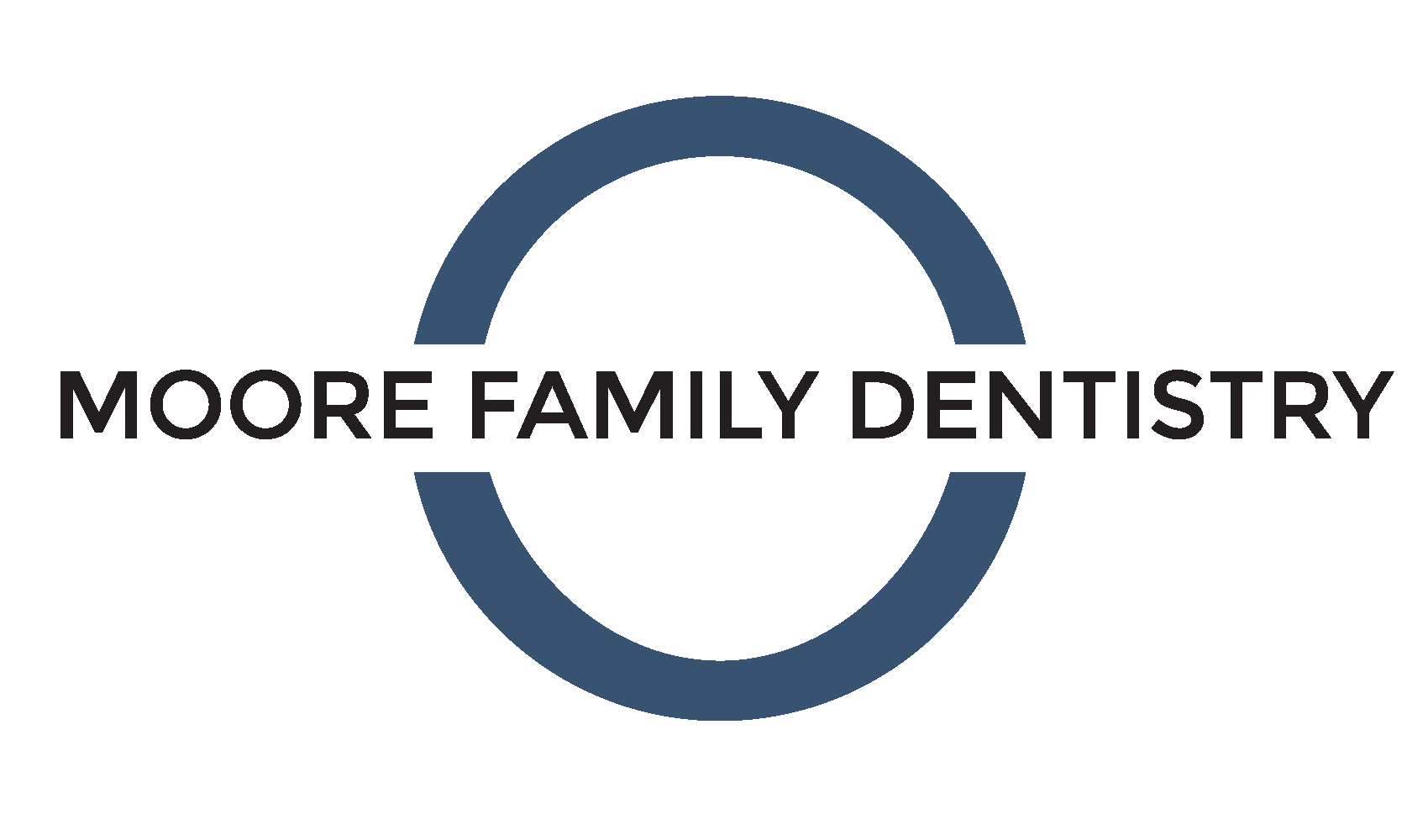Tooth Extractions in Garner, NC
Gentle, Safe, Expert Care from Moore Family Dentistry
When a tooth is severely damaged, infected, or threatening your oral health, removal may be the best—and sometimes the only—way to restore comfort and prevent further complications. At Moore Family Dentistry in Garner, NC, we perform simple and surgical tooth extractions with advanced imaging, minimally invasive techniques, and a comfort-first approach.
Whether you’re dealing with pain, need a tooth removed for restorative treatment, or are looking for a trusted dentist for an emergency extraction, our team is here to guide you every step of the way—with clarity, compassion, and clinical expertise.

What is a Tooth Extraction?
A tooth extraction is a dental procedure where a tooth is removed from its socket in the bone. While saving a natural tooth is always the preferred first option, extraction is sometimes necessary to protect your long-term health.
Dentists use several types of sedation:
- Severe tooth decay or structural damage that cannot be restored
- Deep infection or abscess that cannot be resolved with root canal therapy
- Periodontal (gum) disease causing bone loss
- Cracked tooth below the gumline
- Overcrowding, especially prior to orthodontic treatment
- Broken or failed restorations
- Impacted teeth, such as wisdom teeth
- Trauma that compromises tooth stability
Simple Extractions vs. Surgical Extractions
Simple Extraction
Used when the tooth is visible and can be loosened and lifted with gentle instruments.
Ideal for:
-
Loose or non-complicated teeth
-
Teeth already erupted through the gums
-
Severely decayed teeth with adequate access
Surgical Extraction?
- Lifting gum tissue
- Removing small amounts of bone
- Sectioning the tooth into smaller pieces
- Impacted wisdom teeth
- Broken teeth at gum level
- Teeth with curved or fragile roots
Why Patients Trust Moore Family Dentistry for Extractions?
Advanced Diagnostic & Imaging Technology
Before recommending an extraction, we perform a full assessment using:
- Digital X-rays
- 3D CBCT imaging when needed
- Periodontal evaluations
- Bite and occlusion studies
This ensures we fully understand root shape, bone density, infection spread, and nearby anatomical structures—especially nerve pathways in the lower jaw.
Experienced Clinical Team
Our dentists have performed hundreds of simple and surgical extractions, including complex cases involving:
- Severely decayed teeth
- Fractured roots
- Periodontal damage
- Pre-implant or pre-bridge extractions
- Non-erupted teeth
Our assistants are trained in surgical protocols, patient monitoring, and post-op care.
Comfort-Focused Local Anesthesia & Sedation Options
Your comfort matters. We tailor the experience to your needs through:
- Local anesthesia
- Nitrous oxide
- Oral sedation
- IV sedation (for eligible patients)
Patients frequently tell us, “I didn’t feel a thing—and it was over faster than I expected.”
Minimally Invasive Techniques
We use:
- Gentle elevation
- Periotomes for ligament release
- Micro-surgical instruments
- Controlled pressure to protect bone
These techniques help reduce bleeding, discomfort, and swelling—and promote faster healing.
Local Authority & Safety Protocols
Our practice adheres to:
- ADA guidelines for surgical procedures
- NC State Board of Dental Examiners surgical and anesthesia standards
- Sterile technique
- Emergency preparedness with trained clinical staff
Every detail is designed to protect your health and ensure predictable outcomes.
Our Dental Extraction Process Step-by-Step
Your visit begins with a thorough exam, X-rays, or 3D imaging.
We'll discuss:
- Why the tooth needs removed
- Your treatment options
- Whether the tooth can be saved
- What to expect during procedure
- Sedation Options
- Your medical history and medications
We’ll answer every question so you feel confident moving forward.
1
Consultation & Diagnosis
2
Day of
Step By Step
The tooth and surrounding tissue are fully numbed.
Most patients report zero pain, only light pressure.
We use slender instruments to loosen the ligament around the tooth.
With controlled technique—not force—the tooth is lifted or surgically removed.
- We:
- Inspect the socket
- Smooth sharp bone edges if present
- Place sutures if needed
- Apply medicated dressings (for certain cases)
This helps form the blood clot that begins healing.
We provide:
- Printed aftercare instructions
- Medication guidance (if prescribed)
- Emergency number if you need us after hours
Normal symptoms
- Mild swelling
- slight soreness
- Minor bleeding for a few hours
- Tenderness when chewing
Healing Timeline
- First 24 hours: Blood clot forms; rest recommended
- 2–3 days: Swelling and tenderness peak then improve
- 1 week: Most soreness resolved; sutures may be removed
- 1–2 weeks: Gum tissue closes fully
3
After Care
4
Preventing Dry Socket
Symptoms
- Throbbing pain 2–4 days after extraction
- Bad taste or odor
- Pain radiating to ear or jaw
Risk Increase With
- Smoking or vaping
- Drinking through a straw
- Poor oral hygiene
- Birth control pill use
- Aggressive rinsing too early
How to help prevent it
Your part:
- No smoking or vaping
- No straws
- Avoid intense exercise
- Avoid spitting forecefully
- Eat sound food (yogurt, eggs, oatmeal, mashed potatoes)
What Comes After the Extraction?
Your Replacement Options
We help you choose the right option based on your goals, anatomy, and budget.
How We Keep You Comfortable During Extractions
From gentle numbing to advanced IV sedation, we match your comfort level to the complexity of your tooth extraction.
When a Tooth Should be Saved Vs Extracted
Not all painful or damaged teeth require extraction. In fact, saving a natural tooth is often the best long-term decision.
We evaluate:
- Remaining healthy tooth structure
- Root condition & infection Spread
- Restorability with crown
- Viability for root canal therapy
- Bone Support
- Role of the tooth in your bite
If the tooth can be saved, we present those options. If removal is necessary, we explain why—and map out how to restore the missing tooth.
Wisdom Tooth &
Impacted Tooth Extractions
Pain or pressure
Swelling
Crowding
Infection or gum inflation
Decay in partially erupted teeth
“This is a dental office you can trust, filled with friendly smiling faces! Highly recommend!!”
— Chelsey N., Garner NC
“The staff explained every step, monitored me the whole time, and I felt completely safe.”
— Thomas B., Raleigh
